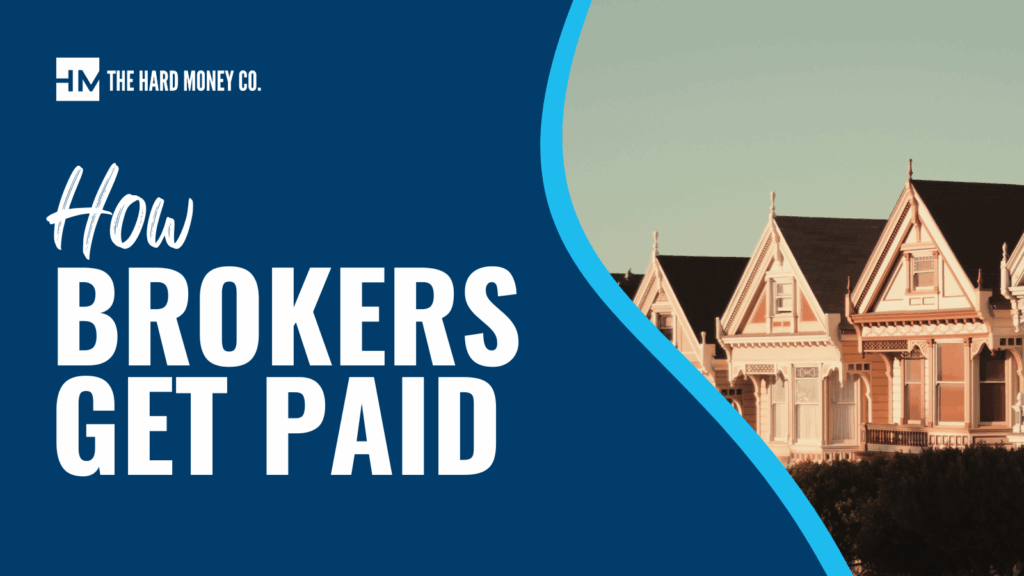Wholesale? Fix & Flip? BRRRR? Picking an Exit Strategy
After you’ve estimated the property’s value, the next step is choosing an exit strategy. Your exit strategy should align with your financial goals, timeframe, and tolerance for risk. For example, wholesaling might be ideal if you want low-risk, fast cash. With wholesaling, you don’t buy the property outright but instead find a property, get it under contract, and sell that contract to another buyer for a fee. This strategy requires good negotiation skills and a strong buyer network but can be a great way to generate income without much upfront capital. Fix-and-flip is another common strategy that involves purchasing a property, renovating it to increase its value, and selling it for a profit. This approach can lead to high returns but often involves significant costs for renovations, plus carrying costs while you own the property. A fix-and-flip works best if you have experience with property renovations or know contractors you trust. Finally, there’s the buy-and-hold strategy, where you buy a property and rent it out for long-term income and appreciation. This strategy builds wealth over time and generates passive income, but it does require good property management skills and the resources to handle occasional vacancies and maintenance costs.
Financing Options for Funding Your Deal
Once you know the property’s value and have chosen an exit strategy, the last step is securing financing. Two common options are hard money loans and traditional mortgages, each suited to different types of deals. Hard money loans are short-term loans provided by private lenders and are often favored by fix-and-flip investors because of their quick approval and funding processes. These loans are based primarily on the property’s value rather than your credit score, making them a good choice if you’re focused on flipping or need fast capital. However, hard money loans usually come with higher interest rates (often between 8-15%) and shorter terms, typically 6 to 12 months. In contrast, traditional financing (through a bank or credit union) offers lower interest rates, longer loan terms, and predictable monthly payments, making it ideal for buy-and-hold investors. This option generally requires good credit and a reliable income, and the approval process can take longer.
There are other financing options to consider, too. For example, seller financing, private money lending, or partnering with other investors can offer flexibility if traditional or hard money loans don’t align with your strategy. Each deal is unique, so assess each factor carefully to ensure you’re making an investment that fits your goals and financial position. With these steps, you’ll have a solid framework for evaluating real estate deals and maximizing your investment returns.







